Courses Infomation
Brain Care by Linda Graham

Brain Care by Linda Graham
**More information:
Description
Even as we look to the latest brain research for techniques to apply in our therapeutic work, we too often neglect the damaging impacts of stress, poor lifestyle choices, and overstimulation from digital devices on our brains and bodies. In this recording, you’ll learn empirically-validated techniques to calm your client’s nervous system, help your client come to clarity in decision-making, heal toxic shame, and cultivate your client’s courage to take growth-enhancing risks.
- Brain structure, overlapping areas of physical pain, emotional pain and temperature
- Modalities impacting brain structure
Multiple approaches, experiences change the brain
Consciousness remains unexplained
Mindfulness, compassion
- Burnout and compassion fatigue
- Macro and micro approaches to self-care
- The impact of exercise on brain chemistry and development
Telomeres, longevity, types of movement
- The impact of sleep and rest on brain chemistry and development
Cognitive impairment, depression
Sleep improvement strategies
Brief restorative strategies
- Nutrition supports for brain function
MIND diet
Neurotoxins
Impact of obesity
- The role of play in sustaining healthy brain function
- Social relationships and well being
- The four intelligences of well being
- Body based tools for healing trauma
Reactivity and healing
Emotional regulation
- Priming the neuroplasticity of the brain
- Relational intelligence
- Mindful awareness
Modifying perceptions and reactions
- Exercise: Increasing somatic intelligence
- Exercises: Breath, posture and movement
- Positive psychology and neuroscience research
Contraction and reactivity
Resilience and health
Ability to shift perspective
Mindful self-compassion and acceptance
- Exercise: Hand movement, mindfulness and emotion
- Exercise: Visualization and self-compassion
- Exercise: Moments of kindness
- Exercise: Guided visualization toward self-acceptance
- Exercise: Playing Parts and self-integration
- Exercise: Integrating the inner critic
More information about Medical:
Medicine is the science and practice of establishing the diagnosis, prognosis, treatment, and prevention of disease.
Medicine encompasses a variety of health care practices evolved to maintain and restore health by the prevention and treatment of illness.
Contemporary medicine applies biomedical sciences, biomedical research, genetics, and medical technology to diagnose, treat, and prevent injury and disease,
typically through pharmaceuticals or surgery, but also through therapies as diverse as psychotherapy, external splints and traction, medical devices, biologics, and ionizing radiation, amongst others.
Medicine has been around for thousands of years, during most of which it was an art (an area of skill and knowledge) frequently having connections to the religious and
philosophical beliefs of local culture. For example, a medicine man would apply herbs and say prayers for healing, or an ancient philosopher and physician would apply bloodletting according to the theories of humorism.
In recent centuries, since the advent of modern science, most medicine has become a combination of art and science (both basic and applied, under the umbrella of medical science).
While stitching technique for sutures is an art learned through practice, the knowledge of what happens at the cellular and molecular level in the tissues being stitched arises through science.
Salepage : Brain Care by Linda Graham
About Author
Linda Graham
I became a licensed marriage and family therapist in 1995, specializing in helping people reverse the impact of stress and trauma, manage anxiety, depression, loneliness and shame, shift out of reactivity, contraction and smallifying to more openness, trust, and conscious, compassionate connection, cultivate the mindful awareness that shifts perspectives, discerns options, and makes wise choices, turn regrettable moments into teachable moments, recover a sense of resilience, centeredness and wholeness, and move into thriving and flourishing.
As a seasoned psychotherapist, consultant, trainer and coach for more than two decades, my interactive models of therapeutic transformation and resilience coaching are accelerated and effective.
My second book, Resilience: Powerful Practices for Bouncing Back from Disappointment, Difficulty, and Even Disaster (New World Library, 2018) leads readers through more than 130 experiential exercises organized by level of disruption to resilience, from barely a wobble to the serious sorrows and struggles that break our hearts and sometimes break our spirits, to the overwhelm of “too much.” Readers learn to become more resilient, and learn that they can.
Additional exercises are currently posted in my weekly Resources for Recovering Resilience. I continue to write for national publications such as the Psychotherapy Networker, Mindful, Therapy Today, Wise Brain Bulletin and the Greater Good Science Center newsletters.”

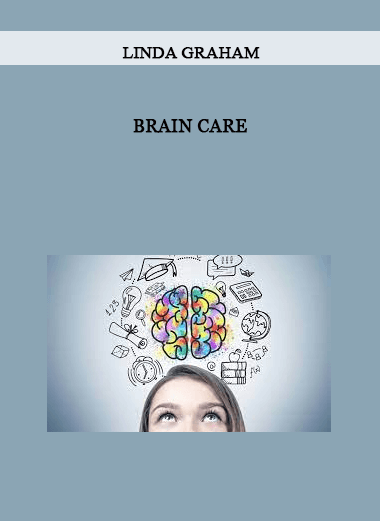
![TradeSmart University - Trading Lab (2015) [en] [158 Videos (mp4)] of https://crabaca.store/](https://crablib.info/wp-content/uploads/2022/01/TradeSmart-University-Trading-Lab-2015-en-158-Videos-mp4.png)

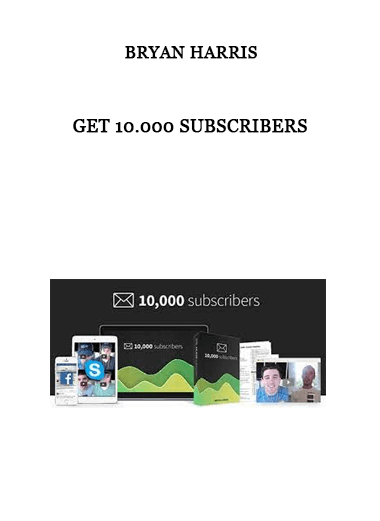


![Peter Titus - Create Your Own Automated Stock Trading Robot In EXCEL! [39 Video (MP4) + 2 Document (HTML)]](https://crablib.info/wp-content/uploads/2021/02/Peter-Titus-Create-Your-Own-Automated-Stock-Trading-Robot-In-EXCEL-39-Video-MP4-2-Document-HTML.jpg)
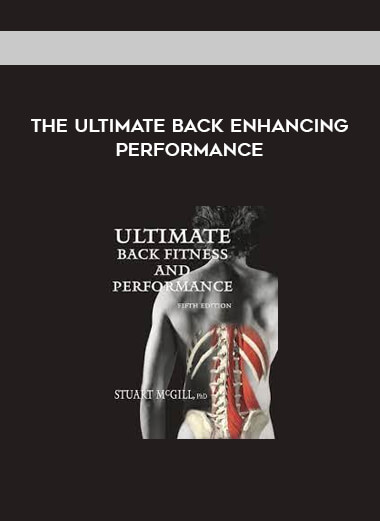
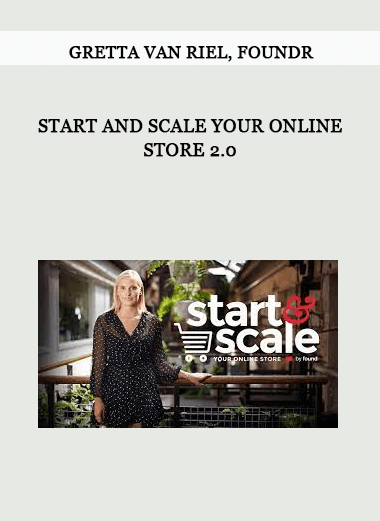

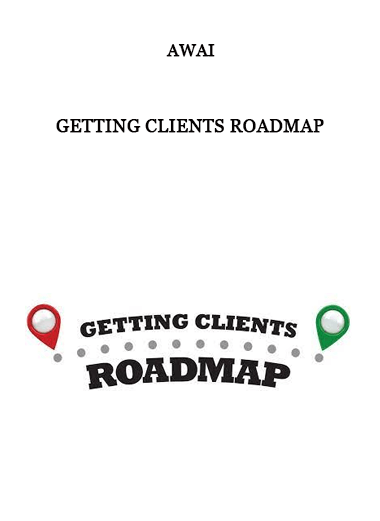



















Reviews
There are no reviews yet.